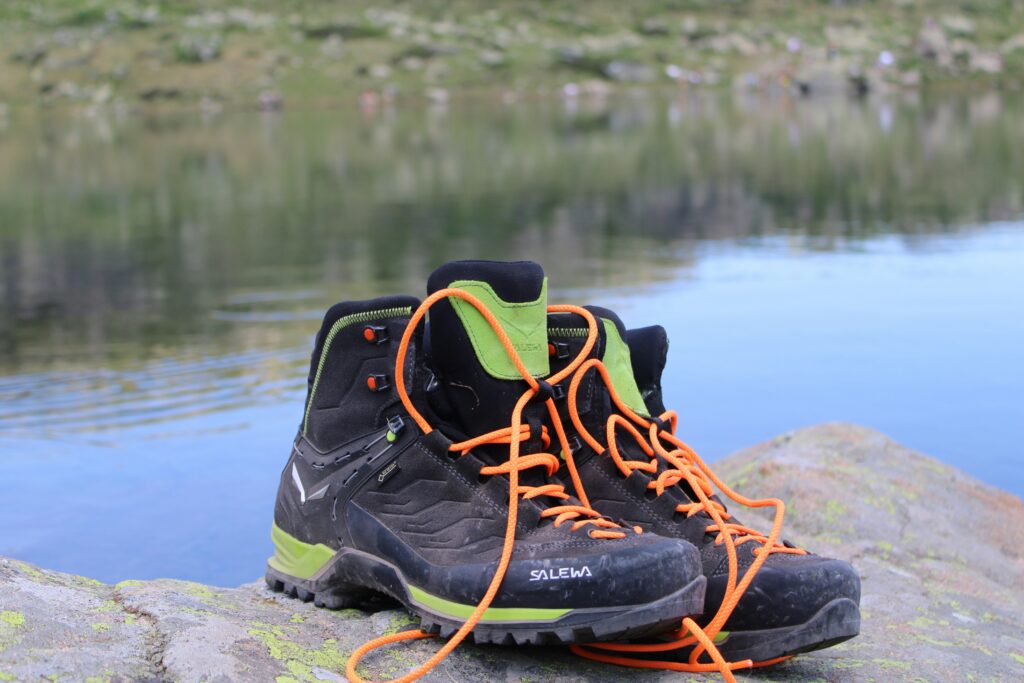Start With the Terrain You’ll Actually Hike
Not all trails are created equal and neither are hiking boots. The terrain you hike most should dictate the footwear you use. For flat and dry trails, you don’t need tanks on your feet. Trail runners or low cut hikers are lightweight, breathable, and still give you enough grip to move quickly and comfortably.
If your routes tend to climb, shift, or throw loose rock underfoot, you’ll want something sturdier. Mid or high cut boots with solid ankle support can help prevent rolled ankles and give you more stability on uneven ground. This is non negotiable if you’re heading into the backcountry or racking up elevation.
When things get messy think wet, muddy, or snow covered paths waterproof construction and aggressive tread patterns are your best friends. Materials like Gore Tex or eVent keep feet dry, and beefed up soles keep you upright. Skipping on traction in sketchy conditions isn’t brave it’s a shortcut to blisters or worse.
Right boots, right trail. That simple.
Lightweight Trail Shoes are the go to for groomed paths, day hikes, or when you’re moving fast and want to stay light. They feel more like running shoes than boots quick to dry, breathable, and easy on the feet. The tradeoff? Very little in the way of protection or ankle support. Stick to well maintained trails and dry conditions.
Mid Cut Hiking Boots land in the sweet spot for most weekend warriors. They give some ankle support without feeling like a ball and chain. Great for moderate trails with a little variation think rooty forests, loose gravel, or light inclines. Not too light, not too heavy. If you want one pair to handle most situations, start here.
Mountaineering Boots are a different beast. Stiff, insulated, and built for extremes big elevation, ice, snow, and danger. They’re overkill for casual hikes but lifesavers on serious alpine routes. Expect a break in period, a heavier stride, and a boot that’s more glacier tank than trail sneaker.
Material Deep Dive: What Really Matters in 2026
Pick the right boot material, and your feet will thank you mile after mile. Get it wrong, and you’re asking for blisters, soggy toes, or boots that fall apart halfway through a trek.
Leather is still the gold standard if you value longevity and weather protection. It holds up over years of abrasion, slogs through wet brush, and shrugs off snow. The trade off? Weight. It’s heavier not ideal if speed and packability matter to you.
Synthetics, on the other hand, are the go to for lightweight hikers. Nylon and polyester cut serious ounces and dry fast after creek crossings or sudden downpours. Perfect for weekend warriors who don’t need a tank on their feet.
Hybrid Designs are the best of both worlds. These boots mix synthetic uppers with leather reinforcements or use waterproof breathable membranes like Gore Tex. They’re built for varied terrain and unpredictable weather. Pricey, yes but you’re paying for balance: protection without the bulk.
Pick based on your priorities durability, weight, and typical trail conditions not just marketing promises.
Fit is Everything

The best boots in the world won’t matter if they don’t fit right. Start by wearing the same hiking socks you’ll use on the trail when trying on boots. Sock thickness matters. It can change the way a boot feels across your entire foot so simulate real conditions.
Next, hit the store in the afternoon. Your feet swell as the day goes on, especially after walking or standing. Trying boots in the morning is a rookie mistake that leads to tight fitting shoes when you’re back on the trail half a day in.
When you test boots, pay attention to two key things: toe room and heel lock. Stand on a decline your toes shouldn’t jam into the front. Walk uphill your heel should stay put. No sliding, no friction. If you feel either, try a different size or style. You’re chasing a snug but not suffocating fit one that holds where it should and gives space where it has to.
Match Your Gear to Your Footwear
If your whole setup is built for speed and weight savings, dragging along clunky, full grain leather boots makes no sense. Ultralight hikers are cutting ounces wherever they can packs, tents, stoves and boots should be no different. Look for trail runners or low profile hiking shoes that still offer grip and some foot protection but don’t weigh you down or trap heat.
The key is matching your footwear to your system. If you’re ditching the extra gear and going fast, your boots need to support that strategy, not fight it. Heavy traditional boots might last forever, but they’re often more than you need when your base weight is already under 15 pounds.
Minimalist doesn’t mean careless, though. Prioritize comfort, fit, and grip. A solid pair of ultralight shoes with breathable mesh and good lugs can be a game changer for thru hikers and fastpackers.
For more on tuning your setup, check out Ultralight Gear vs Traditional Gear: What’s Right For You.
Final Gear Check Before You Hit the Trail
Before you set off on your next adventure, take a few minutes for a final gear check. Even the best hiking boots need some prep and testing to perform at their peak especially on longer trips.
Break Boots In Always
Comfort on the trail starts at home. Never start a multi day hike in brand new boots.
Wear your boots around the house or on short walks
Test them on varied terrain (stairs, inclines, trails if possible)
Make sure there are no hotspots, pinching, or pressure points
Test Traction in Real Conditions
Don’t wait until a steep, wet slope to find out your boots slip.
Walk across wet rocks, muddy patches, and smooth surfaces
Pay attention to grip and stability
Better to discover traction issues now than mid hike
Prepare for Blisters Just in Case
Even well broken in boots can surprise you on long treks. A backup blister kit is a must pack item for serious hikers.
Include moleskin, blister bandages, medical tape, and antiseptic
Stash it in an easy to reach side pocket of your pack
Prevention is best, but quick treatment can save your hike
Hiking boots in 2026 are more advanced than ever smarter materials, better support, and tailored features for every type of terrain. But the best boot is only as good as the prep behind it. Take the time to break in, test out, and pack smart. Your feet will thank you every step of the way.
